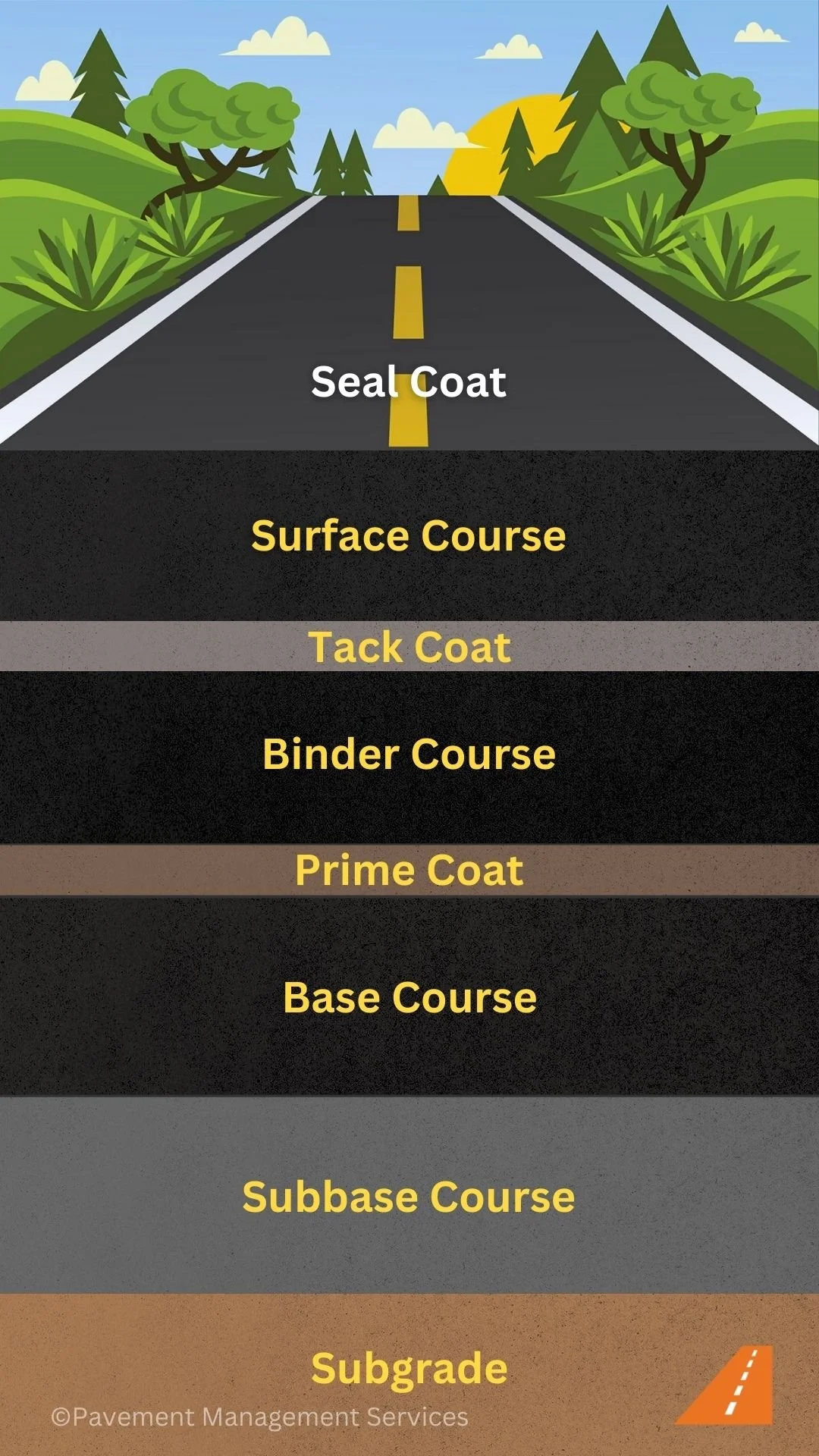Understanding Flexible Pavements
Have you ever wondered what goes into constructing the pavements we travel on every day? While they may seem like simple stretches of asphalt, there's actually a complex structure beneath the surface. Let’s delve into the world of flexible pavements, the most common type of road construction.
The Layered Approach
Flexible pavements consist of distinct layers working together to provide a strong, stable surface. The key component is the asphalt-bound surface course, often referred to as asphalt concrete. This sits on top of several base and subbase layers made from crushed rock or gravel. These layers help distribute weight and prevent the road from collapsing under pressure.
In some cases, the base and subbase might be absent, while other roads may have stabilised base/subbase layers using special additives for extra strength. Drainage layers can also be included to drain water throughout the pavement structure.
The Asphalt Advantage
The most common surface layer material is hot mix asphalt concrete, produced in special plants. It's particularly favoured for busy roads carrying a lot of traffic. This asphalt concrete typically uses well-graded aggregates with a maximum size of about 25 millimetres. There are other variations used for specific situations as well.
Taking a Closer Look at the Surface
The asphalt surface itself can be further divided into sub-layers, each with its own purpose. Here's a breakdown from top to bottom:
Seal coat: This thin layer enhances water resistance and keeps the road surface grippy. It can be embedded with small aggregates for additional skid resistance.
Surface course (wearing course): This is the topmost layer, typically made of dense-graded asphalt concrete. It's designed to be waterproof, skid-resistant, and smooth for a comfortable ride.
Binder course (asphalt base course): This layer sits below the surface course and often uses coarser aggregates and slightly less asphalt. It can be used as a cost-effective option or when the overall thickness of the surface layer is too much to lay in one go.
Making it Stick with Tack Coat and Prime Coat
Besides the visible layers, there are also thin liquid asphalt coatings used in pavement construction:
Tack coat: This glue-like substance helps bond different layers of asphalt concrete together.
Prime coat: Applied to the base layer, it prevents asphalt from draining down and creates a good bond between the base and the asphalt concrete.
Building it Right
Proper construction is key to a long-lasting road. The asphalt concrete needs to be compacted thoroughly to avoid future problems like rutting (those annoying bumps you feel while driving) or cracks. The underlying unbound layers also need to be constructed carefully for optimal performance.
Conclusion
Flexible pavements consist of multiple layers to enable the pavement to handle traffic loads. From the asphalt surface course to the unbound base layers, each layer plays a crucial role in the road’s structure. Overall, appropriate pavement design and high-quality construction techniques will allow your pavement to last for a long time. Click here to find out how our pavement engineers combine practical experience with technical expertise to create professional pavement designs.



